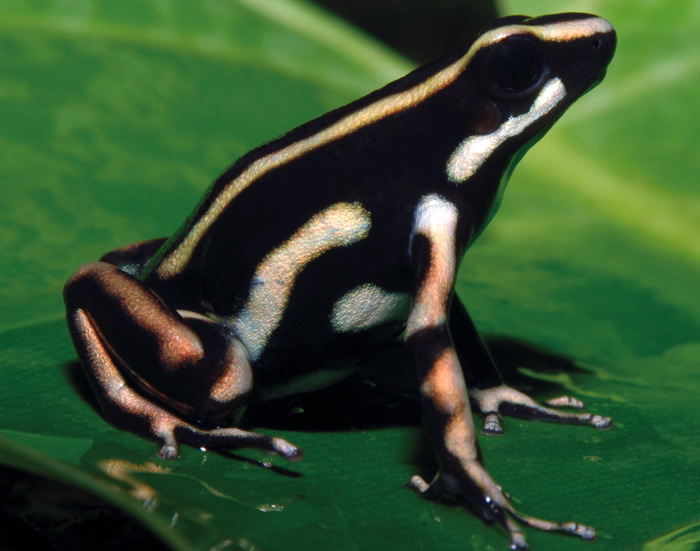This number, in percentage, represents 73% and 49%, respectively, of the richness of these species in the Colombian Caribbean, which counts on 30 species of amphibians and 98 of reptiles in total. This information was found by the group of biologist conformed by Guido Fabian Medina, Gladys Cárdenas and Olga Victoria Castaño, who elaborated the first field guide; a publication from the Colombian Biotic Biodiversity series that includes this information.
"These figures show that despite of the strong human intervention in this natural environment, there is still a big biodiversity", explained Jesus Orlando Rangel, Professor of the Institute of Natural Sciences and editor of the text, who also mentioned that some protection measures have to be taken, and one of them is knowing the biotic diversity of this region in order to develop new strategies.
Professor Rangel asserted that this guide is a valuable tool to spread knowledge in order to take action to preserve the species. "Many people are afraid of snakes due to their condition, so they try to exterminate them, but if they know the nature of these species, they can be protected", mentioned the professor.
Caribbean richness
The complex of Zapatosa is the biggest wetland in Colombia, made of the currents of Cesar and Magdalena rivers. The swamps that are part of the complex play an important role in the life cycles of invertebrates, fish, amphibians and reptiles. "There is a particular interaction between the species and the swamps", explained Rangel.
Corpocesar, Corporacion Autonoma del Cesar, supported this research, which aims at making the community aware of the management of the fauna, and at promoting a sense of belonging for the natural resources, since some reptiles, for instance turtles and iguanas, are eaten by men indiscriminately, and snakes are exterminated due to ignorance and fear to these species.
Among the amphibians, for instance, the yellow-stripped Poison Frog, the Emerald-eyed Treefrog, the Chirique-Flusse Treefrog, the Colombian Horned Frog, among others, were found, and each contains a description and distribution, that means, the regions in which they can be found and their natural history.
Some reptiles such as the Spectacled Caiman, the Green Iguana, the Rainbow Lizard, the boa, and the mapaná, among others, make part of this inventory, made in this region of the Colombian Caribbean.
Sedes
 Correo Electrónico
Correo Electrónico
 DNINFOA - SIA
DNINFOA - SIA
 Bibliotecas
Bibliotecas
 Convocatorias
Convocatorias
 Identidad UNAL
Identidad UNAL



